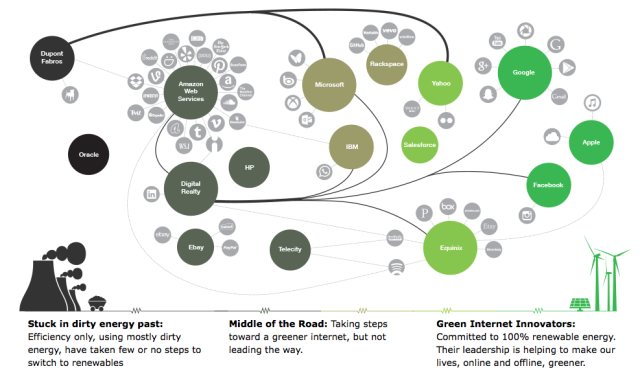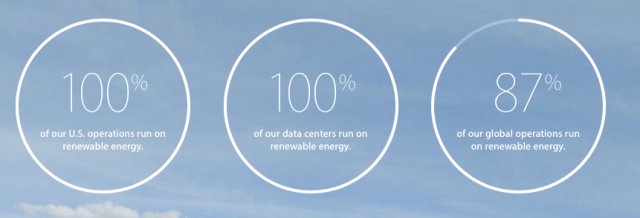LIAM
Part of the problem or part of the solution?
Things really have improved. Perfect? Not by a long-shot.
Could you imagine the largest manufacturer in the world, even a decade ago, investing capital and recurrent resources in this level of innovation to recycle the products they produce?
http://www.apple.com/recycling/
The cynical amongst us [I count myself as one] have always looked closely [and with scepticism ] at the “triple-bottom-line” commitments of manufacturers.
There is, however, a new breed of steel-bending industrialists [who also works in silicon] and they genuinely view the entire product cycle as their responsibility. Yes, labour laws and working conditions are not to be ignored…
Apple leads this global group, with examples such as their 2015 Environmental Responsibility Report.

Apple’s own report shows:
The wars of the twenty-first century
I recall the words of the head of the United Nations Environment Program [UNEP], Dr. Noel J. Brown, when a guest of ours in Broadford, in the early 1990’s, speaking to a group of students and community leaders. He said:
…the wars of the twenty-first century may well be fought over access to and the cost of water
Perhaps prescient.
The importance of renewable energy sources and the central role of “full-cycle” product management was clear to him twenty-five years ago. It only appears now, even with the level of controversy and debate over global warming and long-term energy solutions still raging, that a new breed of industrialist is taking matters in to their own hands and “walking the talk”.
“LIAM” is simply another example of the paradigm shift occurring in plain sight.


